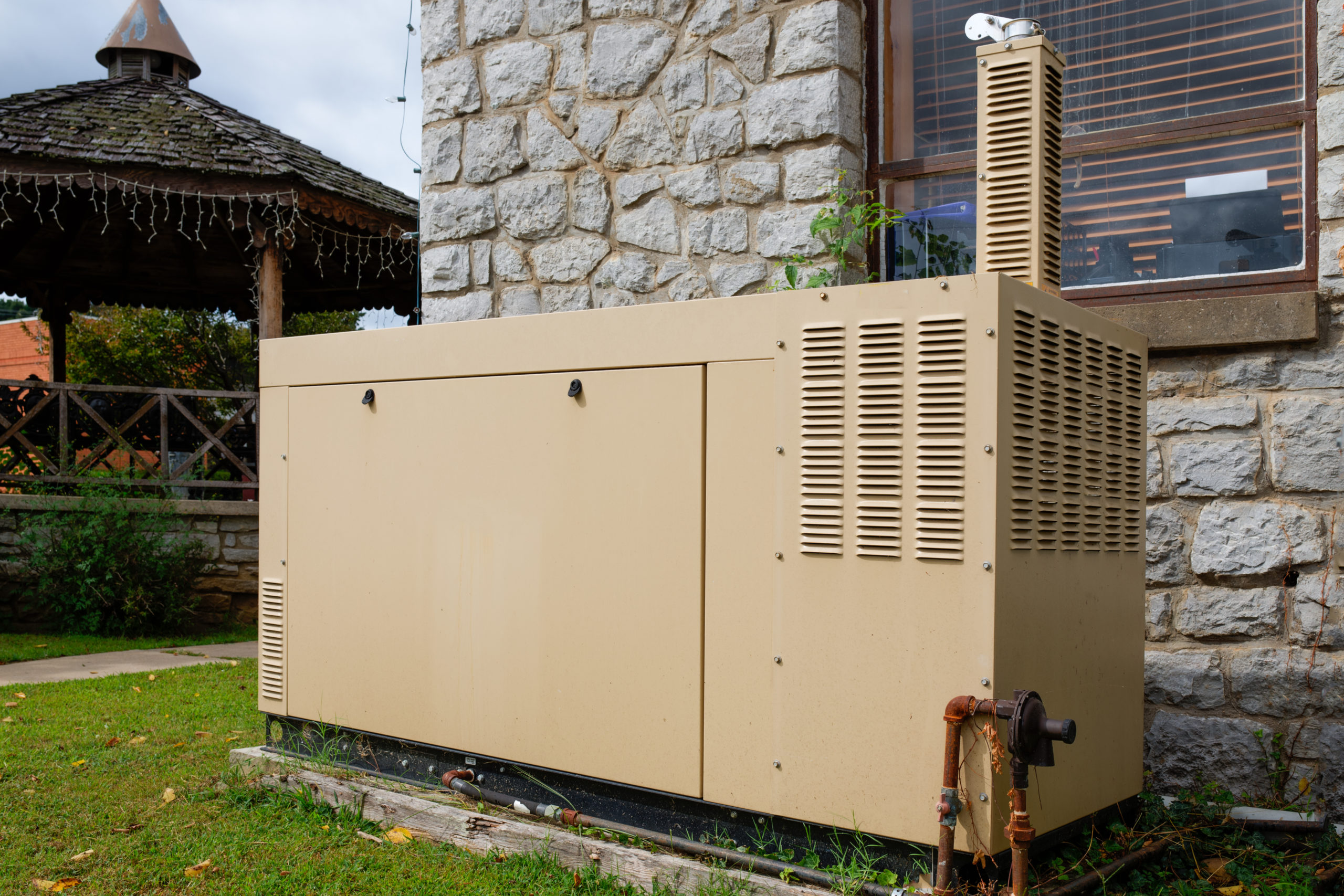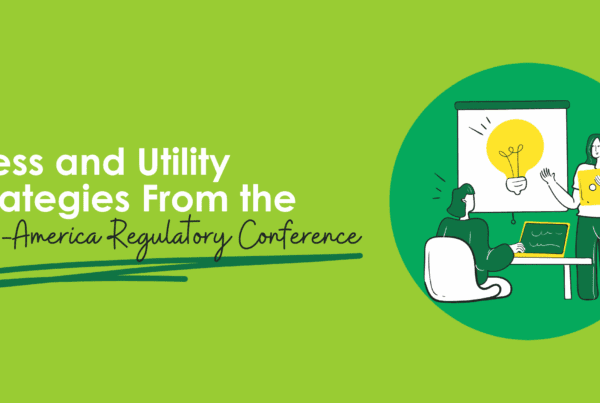
The Wall Street Journal published an interesting article last week – it would be fascinating if it weren’t sadly true. The title: Everyone Hates Customer Service. It is a perfect addition to my continuation of last week’s post regarding innovation with electric utilities. Are Electric Utilities in for a Taxi Ride?
Tales of Customer Service
Last week during a raging thunderstorm, I was in the pickup-window line at Walgreens. It’s a pickup window, not a chat room. Every time, the cars ahead of me take at least five minutes each. What are they talking about up there? The baseball trade deadline? Preseason NFL? Gout remedies? This is why there are instructions on tubes of toothpaste, folks. Car #2 – same thing. Finally, when I get my turn, “PICKUP FOR IHNEN. I-H-N-E-N. TEN DAY YEAR (birthday). Yes, I was enunciating loud and clear through their crappy 1988 sound system. I was out of there in 30 seconds.
As I was waiting in line, on, oh, minute eight, with no movement at all, I literally opened the app and called the store to see what was going on. I got the digital receptionist who talks with the speed of this here fella.
The Brink
The instructions for corporate customer service per The Wall Street Journal article can be summarized in one sentence: Don’t worry about customers until they are at their “breakpoint.”
Corporations reward bad customer behavior. You read that right. They deploy artificial intelligence while monitoring calls to kick irate customers up the chain to be handled effectively. Do not waste time with the auto attendant. For best results, hit zero and start screaming.
Moreover, most people think empathy is the best way to engage with a disgruntled customer. No! Chronic complainers want empathy. Starve them. Disgruntled customers want action. They want a “controller,” someone who is outspoken, opinionated, and knowledgeable. This is why human instinct is to apologize for a screw-up. No! Fix the problem, dude. That’s all the customer wants.
Utility Strategies
We work for a lot of utilities and program administrators in about half the states in the Union– New England, Mid-Atlantic, Great Lakes, Midwest, South, Mountain, and the Northwest. The diversity includes regulated, deregulated, utility administered portfolios, state-administered portfolios, and working with several regional efficiency organizations.
Deregulated states leverage efficiency to attract and retain customers, except Ohio, where the power producers teamed with lawmakers to screw everyone else. By comparison, regulated states fall more into line with what The Wall Street Journal described above.
Revenue in regulated states is determined by the cost of service. But let’s face it, folks, the cost of service is determined by the utility, which holds the cards when negotiating with public service commissions. This isn’t my opinion, it was reported by the former president of the Energy Bar Association. The upshot is some regulated utilities push the limits (breakpoint) of what customers will withstand. That is what “affordable” energy is, as I mentioned last week.
This is a risky endeavor because the same economies of scale that are making renewable energy “affordable” are also available to customers. Moreover, states compete with other states for big energy-consuming manufacturing – so prices matter! Finally, rising prices raises the risk of municipalization.

Tipping Points
Consider technology. I have other passions, but here is an idea that entrepreneurs are probably working on today. Assemble and package the following components: a PV solar panel, battery, and a water-cooled, natural-gas-fired generator. In the summertime, the solar panels generate and store most of the electricity for space cooling. Solar energy and cooling demand are mostly coincident. The generator is always there if more electricity is needed. In wintertime, when sunlight is scarce, the generator makes electricity and hot water for space heating simultaneously. The hot water is stored for when it is needed. When the heating load is greater than what the generator produces, heat with natural gas.
Who needs the electric grid? Heating costs will be the same. Electricity has no marginal cost. This could easily be scaled to a microgrid for a new community. Suddenly, there could be competition in a monopoly state.
I believe, as with many battles of our time, that only lawyers win in a fight for municipalization. It may not quite pan out for a community to split off and form their own utility, but when emotions run high, logic is out the window. People will pay for independence, control, and to get even for feelings of being taken for a ride — their feelings, not mine.
As alluded to last week, disruptions come out of nowhere and are often gunning for protected industries. Disaster strikes when there is a failure to imagine what disruption might look like. This can happen with heads in the sand (Pearl Harbor), or failure to imagine benign objects used in a finely orchestrated plan conceived and developed while nobody pays attention to what is happening right in front of their eyes (9/11).
Close
We strive to provide clients what they want, and even better, what they don’t know they want or need. We do it as inexpensively as possible even when there is no competition. Why would we do that? Because in our business, as with any, someday there will be competition, and when that happens we have to be ready to deliver with a profit. And when competition arrives, we can’t say, well gee, we really didn’t need what we were charging, so here is a 25% price cut. At that point, it’s too late.






Join the discussion One Comment